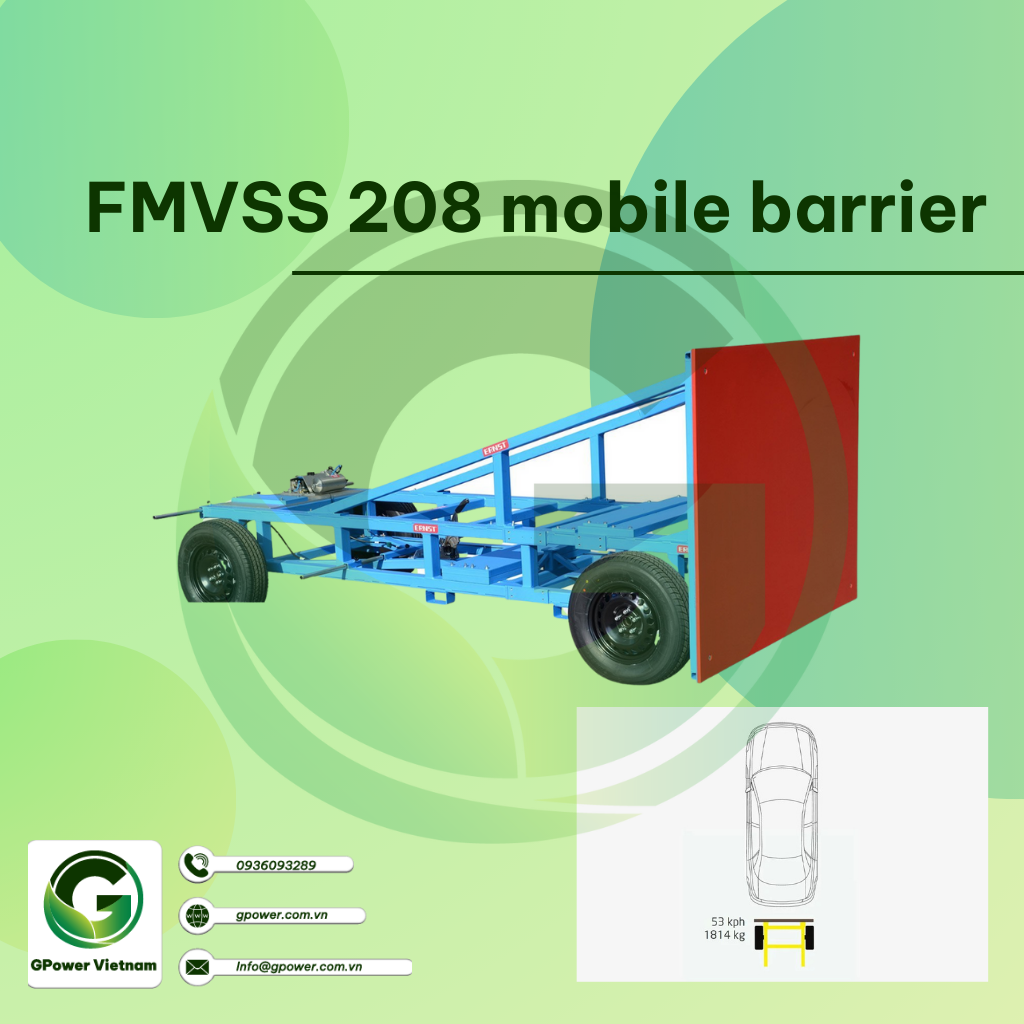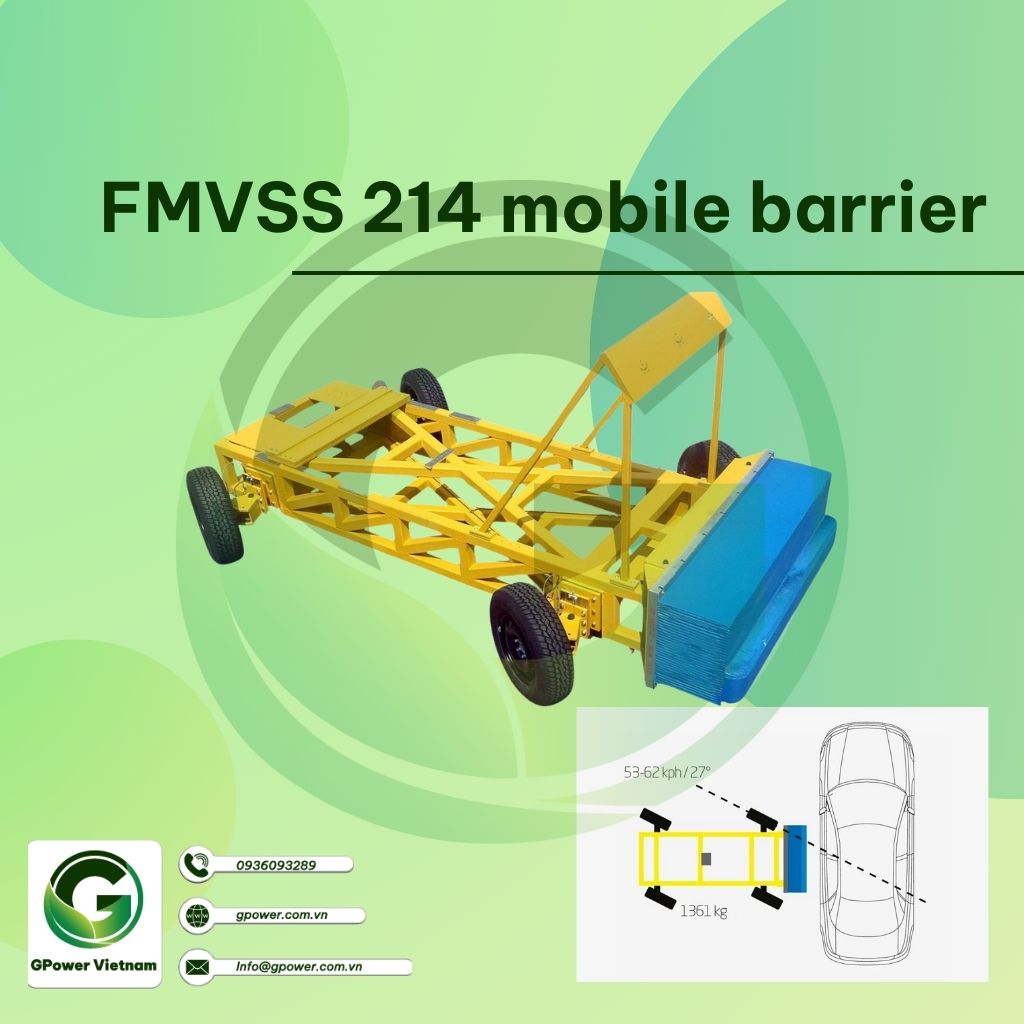ERNST mobile barriers are fully perfected to meet legal requirements and valid testing protocols. To meet customer needs, the specifications can be adjusted by Ernst engineers.
There are quite a variety of mobile barriers, but Ernst mainly divides them into 2 types: US and EURO. This classification is based on the frame of the mobile barrier or its basic structure, or more precisely, the wheelbase and the track width.
EURO barriers
In the EURO barriers, the frame structure is generally based on a wheelbase of 3000 mm and a track width of 1500 mm.
Properties
- Brake lines are completely integrated into the frame to avoid damage during testing or handling
- Calibrated and certified center of gravity
- Individual adaptation in any propulsion system
- Height-adjustable front shield
- Threaded holes throughout, on top and bottom of frame, to allow use of customer-specific equipment at any time
- Center marking for easy alignment with the propulsion system
Details
 Products
Products
AE-MDB mobile barrier
AE-MDB mobile barrier

ECE-R34 and Trias mobile barrier
ECE-R34 and Trias mobile barrier according to the current UNECE regulations.

ECE-R95 mobile barrier
ECE-R95 mobile barrier according to the current UNECE regulations.

FMVSS 208 mobile barrier
FMVSS 208 mobile barrier according to the current FMVSS 208 test protocol.

MPDB Mobile barrier
MPDB Mobile barrier according to the current test protocol of EURO NCAP.

RCAR Mobile barrier
RCAR Mobile barrier according to the current RCAR test protocol.

2. US barriers
In the US barriers, the frame structure is generally based on a wheelbase of 2591 mm and a track width of 1880 mm.
2.1. Properties
- Brake lines are completely integrated into the frame to avoid damage during testing or handling
- Calibrated and certified center of gravity and moment of inertia
- Individual adaptation in any propulsion system
- Height-adjustable front shield
- Threaded holes throughout, on top and bottom of frame, to allow use of customer-specific equipment at any time
- Center marking for easy alignment with the propulsion system
2.2. Details

2.3. Products
2.3.1. FMVSS 214 mobile barrier
FMVSS 214 mobile barrier according to the current FMVSS (Federal Motor Vehicle Safety Standards).

2.3.2. FMVSS 301 mobile barrier
FMVSS 301 mobile barrier according to the current FMVSS (Federal Motor Vehicle Safety Standards).

2.3.3. IIHS 1.0 mobile barrier
IIHS 1.0 mobile barrier according to the current IIHS regulations.

2.3.4. IIHS 2.0 mobile barrier
IIHS 2.0 mobile barrier according to IIHS regulations, which will be implemented in 2022. The total weight of the previous mobile barrier is increased from 1500 kg to 1900 kg. At the same time, the test speed is increased from 50 kph to 60 kph. Due to the enormous increase in the acting forces during the test, the previous mobile barrier cannot be upgraded in accordance with the new regulation.






